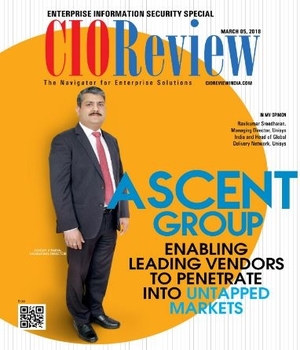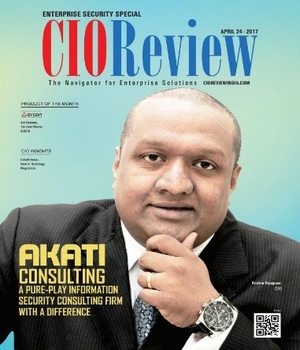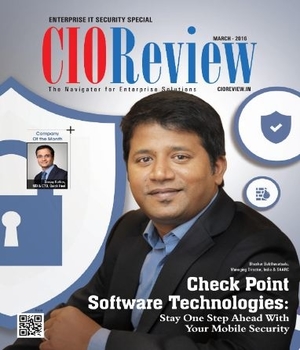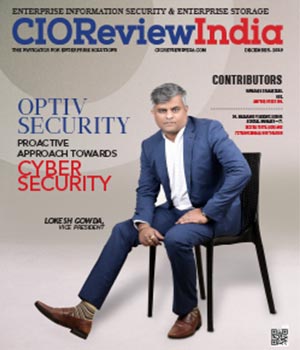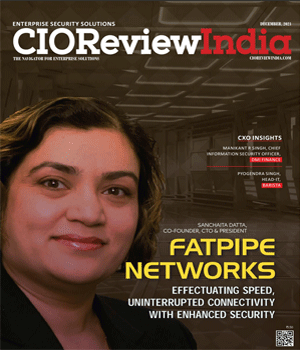
The Path To Managing Data As An Asset
Lenin Gali, VP, Data Engineering, Quotient Technology
 I am summarizing my experience, conversations I had lately with some peers and fellow data practitioners at various settings these past few years into 3 symptoms.
I am summarizing my experience, conversations I had lately with some peers and fellow data practitioners at various settings these past few years into 3 symptoms.
·WTF State?
·I don't know what I need!
·We have a lot of data!
WTF"?
By now many of the C-level executives and leaders have faced with the challenges to overcome in choosing the right data technology whether it is as simple as processing and organizing the data in the cloud or onprem or both or be able to predict the users demands by reading their minds, proactively producing the outcome and some may call it data science and others misunderstand it to be AI. The Big Data, Analytics & Cloud ecosystems are testing the mental capacity of the leaders and they are not alone. We are reaching the "withdrawal of technology fatigue" state or also known as "WTF". Many choose to blame this symptom on
I don't know what I need!
It's a fact that many organizations use < 20 percent of all the data that is captured. However, we are being influenced by the buzz created by every new and innovative data product we come across and every interaction is a distraction come from where it may be. I urge every C-level to pay attention to the demand to value curve also known as "I don't know what I need" from the business. By not paying attention to this very important symptom, the business user could be looking for a solution to bail them out thus they blame this new symptom on
"Data is an asset only when used and its value is experienced"
We have a lot of data!
Well, not all data is highly valuable, not every person in the team is highly skilled, nor every organization's culture is the same. So, if any organization is suffering from these 3 symptoms, you are not alone. If the C-level is not paying attention to these symptoms, and find ways to control it from spreading, every data organization may get caught up in a cyclical "data growth hype" where in they are unable to mature with what they have (data, skills or technology).
In summary, nothing wrong with assessing current capabilities, honestly opening up a partnership by embedding the data engineers in each business organization along with their analytics users. Measuring the data use and quality from the source to the consumption layer and perhaps empowering business users to partner in bringing the pain outward to share with the rest of the organization to bring constructive collaboration. These simple practices worked well for me to get over these symptoms and build the credibility needed to drive change.
In summary, Data is fluid. It must flow freely to every part of the organization and gets consumed by the user who needs it. What is most important for a data organization is to ensure that flow is measured, must be clean quality, uninterrupted and can be controlled by the user. After all, data is an asset only when used and its value is experienced.
CIO Viewpoint
Why Foolproof Facial Recognition Is Key Against...
By Joseph Sudheer Thumma, Global CEO & MD, Magellanic Cloud
National Technology Day 2025: Powering Progress...
By CIOTech Outlook Team
Aligning IT Roadmap with Business Objectives: A...
By Subhash singh Punjabi, CISO & Head Enterprise Architecture, Deepak Fertilisers & Petrochemicals Corporation Ltd
CXO Insights
The Path To Managing Data As An Asset
By Lenin Gali, VP, Data Engineering, Quotient Technology
The Benefits Of Cloud Email Security
By Murali URS, Country Manager - India, Barracuda Networks
Is Secure Access Service Edge(SASE) Part Of...




